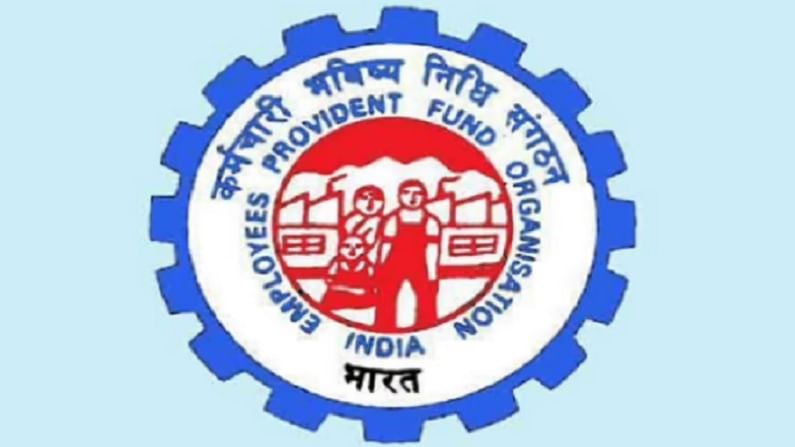PF: What you should know as an employee
A person might have multiple PF accounts for different reasons, but that is not a very good practice, after the introduction of UAN.

Recently, the Central Board of Direct Taxes (CBDT) has issued a notice stating that a person may have multiple PF account subject to some conditions. What are the criteria to open a second PF account and what would be the benefits? Money9 gives you basic information on multiple PF accounts. CBDT notified the new rules regarding the taxation of the interest on the excess EPF contributions. According to the notification, for the purpose of calculation of taxable interest, separate accounts within the provident fund account shall be maintained during and from financial year 2021-22.
It means if a person’s PF contribution in a fiscal year crosses the limit of Rs 2.5 lakh (more than Rs 20,000 per month), the person is eligible to open the second account. But the amount which will credited in the second account will not attract tax relief. But it will continue earn the same interest rate (8.5%).
How does it work?
If you fall in this high net worth category, then you are eligible to open the second PF account. While the first or primary account continues to earn interest and attract tax relief, the second account will earn interest but not attract tax relief.
The new rule will come into effect from FY22. If your EPF account does not draw employer contribution, the limit shall be Rs 5 lakh in place of Rs 2.5 lakh.
The second EPF account with taxable contributions will open automatically once the gross contribution of PF account is more than Rs 2.5 lakh per annum.
Any contribution made by an individual till March 31, 2021, will be considered non-taxable contributions. Further, from FY 2021-22, interest will be separately calculated on both these EPF accounts.
But if your PF contribution is less than Rs 2.5 lakh in a year, then you have to close all the PF account, except one. That turns into your basic or primary PF account.
Transfer of accounts
A person might have multiple PF accounts for different reasons, but that is not a very good practice, after the introduction of UAN. Besides multiple EPF accounts don’t give lots of benefits, i.e. tax holiday, loan facility, withdrawal facility, etc.
“If an employee fails to transfer his/her EPF account after changing the job, then he or she will be losing the continuity of the EPF account. EPFO gives pension benefit to the subscribers under EPS Scheme that requires at least 15 years of continuous contribution in the EPF account. A person must transfer the EPF account at the time of switching jobs. One should do that by linking that EPF account with the new UAN. It will help the employee to maintain continuity of the EPF account otherwise the person will lose continuity,” said Arvind Agarwal, tax expert.

